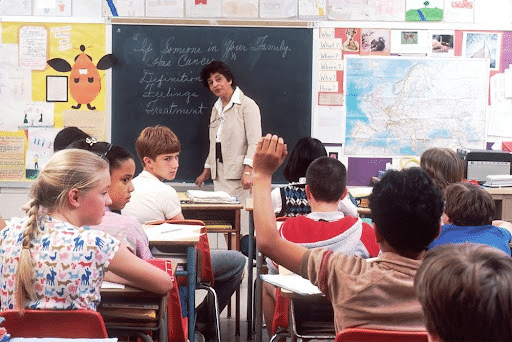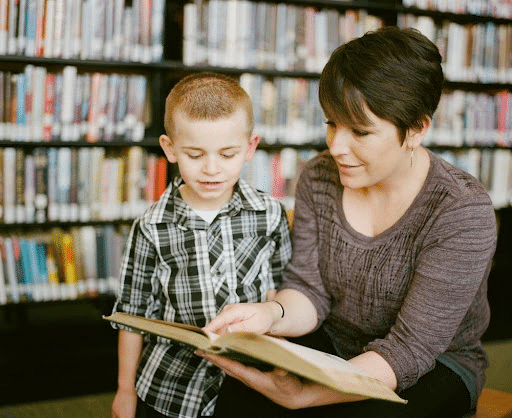Phonics Reading Program
Phonics reading programs are the foundation of how children learn to read. It's exciting for young readers to begin sounding out words; it's like a new world is opening up for them. These things will become the building blocks to reading and forming sentences. Building solid skills is the key for children to become strong, independent readers.
What Exactly is Phonics?
Think of reading as a code. Letters stand for sounds in spoken language. You are matching letters to sounds to form a word. It's almost like decoding. The majority of words that young children come across are decodable, from simple words like pot to tougher words like kitten.
Why Are Phonics so Important?
Phonics reading programs are, across the boards, the most successful way to teach children to read. It is supported by educational research and gives your children the tools to read almost anything they will come across in a book. That is an amazing skill to have.
Your child will have so much to be proud of as they successfully learn to read. They will be confident and have the motivation to keep learning.
How Can I Support My Child?
Easy! Whether you are homeschooling, or your child is learning in school, there are several ways you can support them.
- Explore letters and sounds. If you are in the car or out and about with your child, pick out signs and spot different letters.
- Books, books, books. Make sure you have a lot of books in your home. The library is wholly free, and a once-a-week trip can be so much fun. You can find books of all different reading levels.
- Encourage and support. Have a supportive atmosphere and listen to your child read.
- Read to your child. Reading out loud to your child is so important. It's a wonderful motivator for them to develop good reading habits.
Learning is a huge milestone, and using phonics is a sure way to be successful. So much learning is packed in, yet it is so much fun that it will never seem like work. Phonics Reading Programs will ensure your child gets off to a wonderful start in becoming a confident reader.
Start Teaching Reading for Free Now!
Access Level 1’s four interactive stories and the accompanying supplemental resources to teach elementary students how to read. No credit card is needed. Join the 42,635 teachers and students using our reading program.















